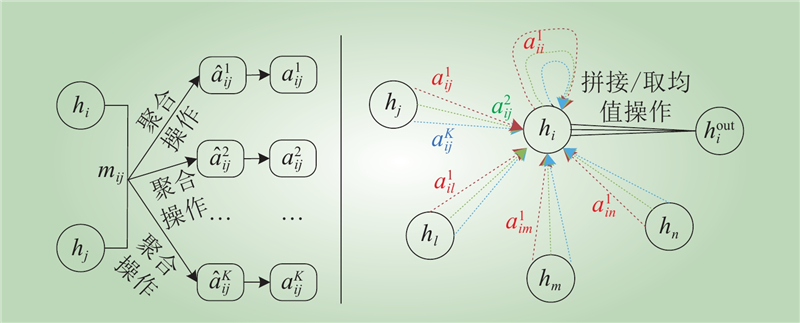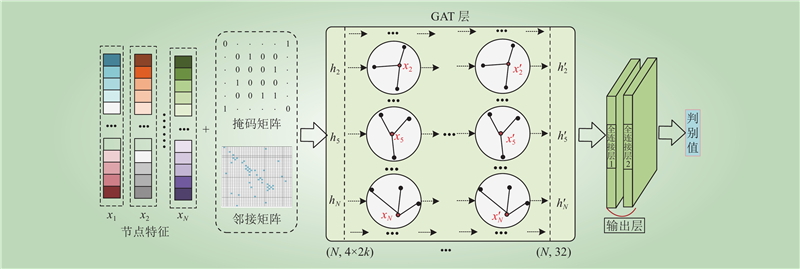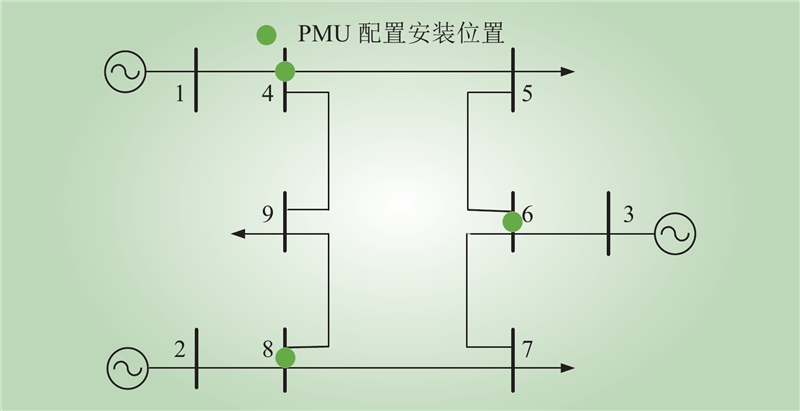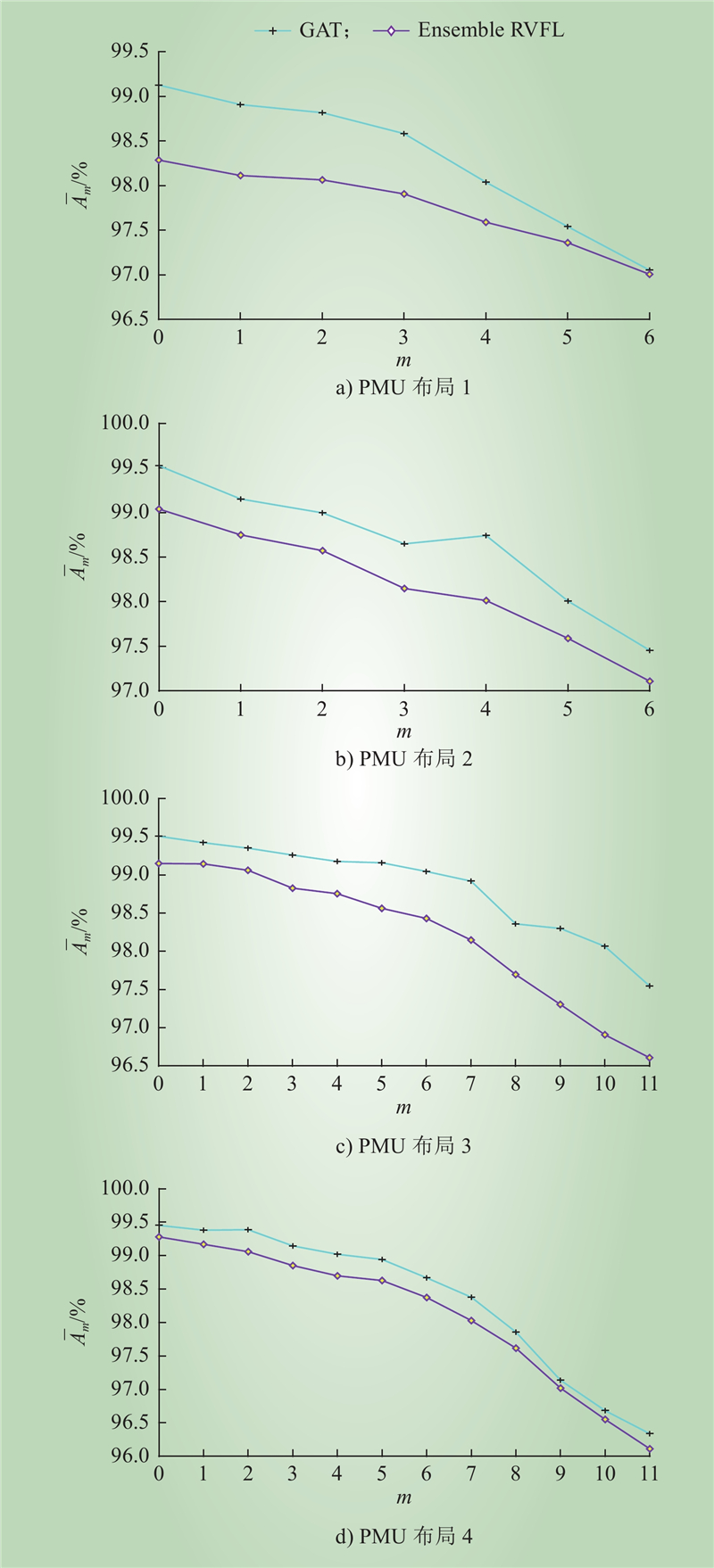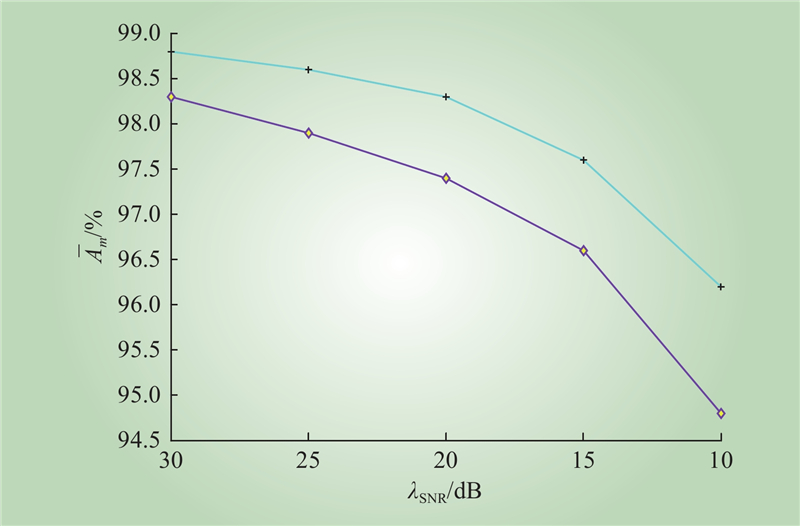| 1 |
汪泽州, 张明明, 钱峰强, 等. 含光伏接入的中压配电网集中调控优化策略[J]. 中国电力, 2023, 56 (2): 15- 22.
DOI
|
|
WANG Zezhou, ZHANG Mingming, QIAN Fengqiang, et al. Centralized regulation and optimization strategy for MV distribution network with PV integration[J]. Electric Power, 2023, 56 (2): 15- 22.
DOI
|
| 2 |
马兆兴, 秦昌民, 朱文杰, 等. 考虑多时间尺度特征的电力系统稳定性界分析[J]. 电力系统保护与控制, 2021, 41 (2): 461- 475.
DOI
|
|
MA Zhaoxing, QIN Changmin, ZHU Wenjie, et al. Analysis of the stability bound of a power system considering multi-time scale characteristics[J]. Power System Protection and Control, 2021, 41 (2): 461- 475.
DOI
|
| 3 |
康重庆, 杜尔顺, 郭鸿业, 等. 新型电力系统的六要素分析[J]. 电网技术, 2023, 47 (5): 1741- 1750.
|
|
KANG Chongqing, DU Ershun, GUO Hongye, et al. Primary exploration of six essential factors in new power system[J]. Power System Technology, 2023, 47 (5): 1741- 1750.
|
| 4 |
蔡欢, 袁旭峰, 熊炜, 等. 柔性互联配电网运行调度研究综述[J]. 智慧电力, 2022, 50 (6): 92- 99, 106.
|
|
CAI Huan, YUAN Xufeng, XIONG Wei, et al. Review on operation scheduling of flexible interconnected distribution network[J]. Smart Power, 2022, 50 (6): 92- 99, 106.
|
| 5 |
GURRALA G, DINESHA D L, DIMITROVSKI A, et al. Large multi-machine power system simulations using multi-stage adomian decomposition[J]. IEEE Transactions on Power Systems, 2017, 32 (5): 3594- 3606.
DOI
|
| 6 |
VU T L, TURITSYN K. Lyapunov functions family approach to transient stability assessment[J]. IEEE Transactions on Power Systems, 2016, 31 (2): 1269- 1277.
DOI
|
| 7 |
单瑞卿, 盛阳, 苏盛, 等. 考虑攻击方身份的电力监控系统网络安全风险分析[J]. 电力科学与技术学报, 2022, 37 (5): 3- 16.
DOI
|
|
SHAN Ruiqing, SHENG Yang, SU Sheng, et al. Risk analysis of power system cyber security considering identity of malicious adversaries[J]. Journal of Electric Power Science and Technology, 2022, 37 (5): 3- 16.
DOI
|
| 8 |
汤涌, 姚伟, 王宏志, 等. 电网仿真分析与决策的人工智能方法[J]. 中国电机工程学报, 2022, 42 (15): 5384- 5406.
DOI
|
|
TANG Yong, YAO Wei, WANG Hongzhi, et al. Artificial intelligence techniques for power grid simulation analysis and decision making[J]. Proceedings of the CSEE, 2022, 42 (15): 5384- 5406.
DOI
|
| 9 |
周艳真, 查显煜, 兰健, 等. 基于数据增强和深度残差网络的电力系统暂态稳定预测[J]. 中国电力, 2020, 53 (1): 22- 31.
|
|
ZHOU Yanzhen, ZHA Xianyu, LAN Jian, et al. Transient stability prediction of power systems based on deep residual network and data augmentation[J]. Electric Power, 2020, 53 (1): 22- 31.
|
| 10 |
ZHANG Y C, XU Y, ZHANG R, et al. A missing-data tolerant method for data-driven short-term voltage stability assessment of power systems[J]. IEEE Transactions on Smart Grid, 2019, 10 (5): 5663- 5674.
DOI
|
| 11 |
HE M, VITTAL V, ZHANG J S. Online dynamic security assessment with missing pmu measurements: a data mining approach[J]. IEEE Transactions on Power Systems, 2013, 28 (2): 1969- 1977.
DOI
|
| 12 |
ZHANG Y C, XU Y, DONG Z Y. Robust classification model for PMU-based on-line power system DSA with missing data[J]. IET Generation, Transmission & Distribution, 2017, 11 (18): 4484- 4491.
|
| 13 |
ZHANG Y C, XU Y, DONG Z Y. Robust ensemble data analytics for incomplete PMU measurements-based power system stability assessment[J]. IEEE Transactions on Power Systems, 2018, 33 (1): 1124- 1126.
DOI
|
| 14 |
谭本东, 杨军, 刘源, 等. 考虑数据缺失的电力系统暂态稳定自适应集成评估方法[J]. 电力系统自动化, 2021, 45 (23): 68- 75.
DOI
|
|
TAN Bendong, YANG Jun, LIU Yuan, et al. Adaptive integrated assessment method for transient stability of power system considering PMU data missing[J]. Automation of Electric Power Systems, 2021, 45 (23): 68- 75.
DOI
|
| 15 |
REN C, XU Y, DAI B J, et al. An integrated transfer learning method for power system dynamic security assessment of unlearned faults with missing data[J]. IEEE Transactions on Power Systems, 2021, 36 (5): 4856- 4859.
DOI
|
| 16 |
YU J J Q, LAM A Y S, HILL D J, et al. Delay aware power system synchrophasor recovery and prediction framework[J]. IEEE Transactions on Smart Grid, 2019, 10 (4): 3732- 3742.
DOI
|
| 17 |
GAO P Z, WANG M, GHIOCEL S G, et al. Missing data recovery by exploiting low-dimensionality in power system synchrophasor measurements[J]. IEEE Transactions on Power Systems, 2016, 31 (2): 1006- 1013.
DOI
|
| 18 |
REN C, XU Y. A fully data-driven method based on generative adversarial networks for power system dynamic security assessment with missing data[J]. IEEE Transactions on Power Systems, 2019, 34 (6): 5044- 5052.
DOI
|
| 19 |
钟智, 管霖, 苏寅生, 等. 基于图注意力深度网络的电力系统暂态稳定评估[J]. 电网技术, 2021, 45 (6): 2122- 2130.
|
|
ZHONG Zhi, GUAN Lin, SU Yinsheng, et al. Power system transient stability assessment based on graph attention deep network[J]. Power System Technology, 2021, 45 (6): 2122- 2130.
|
| 20 |
曹鹏, 刘敏. 基于改进的整数规划法结合零注入节点的PMU优化配置方法[J]. 电力系统保护与控制, 2021, 49 (16): 143- 150.
DOI
|
|
CAO Peng, LIU Min. PMU placement method based on improved integer programming method combined with zero injection buses[J]. Power System Protection and Control, 2021, 49 (16): 143- 150.
DOI
|
| 21 |
李佳玮, 王小君, 和敬涵, 等. 基于图注意力网络的配电网故障定位方法[J]. 电网技术, 2021, 45 (6): 2113- 2121.
|
|
LI Jiawei, WANG Xiaojun, HE Jinghan, et al. Distribution network fault location based on graph attention network[J]. Power System Technology, 2021, 45 (6): 2113- 2121.
|
| 22 |
朱思婷, 管霖, 黄济宇, 等. 面向稳控策略校核的并联图注意力网络稳定评估模型[J]. 电网技术, 2023, 47 (9): 3836- 3846.
|
|
ZHU Siting, GUAN Lin, HUANG Jiyu, et al. Parallel graph attention network based transient stability assessment model for stability control strategy checking[J]. Power System Technology, 2023, 47 (9): 3836- 3846.
|
| 23 |
李楠, 朱嫄, 崔莹. 考虑代价敏感的AC-LSTM暂态稳定评估[J]. 电力系统保护与控制, 2022, 50 (22): 160- 169.
|
|
LI Nan, ZHU Yuan, CUI Ying. AC-LSTM transient stability assessment considering cost-sensitivity[J]. Power System Protection and Control, 2022, 50 (22): 160- 169.
|
| 24 |
李保罗, 孙华东, 张恒旭, 等. 基于两阶段迁移学习的电力系统暂态稳定评估框架[J]. 电力系统自动化, 2022, 46 (17): 176- 185.
|
|
LI Baoluo, SUN Huadong, ZHANG Hengxu, et al. Transient stability assessment framework of power system based on two-stage transfer learning[J]. Automation of Electric Power Systems, 2022, 46 (17): 176- 185.
|
| 25 |
田书欣, 李昆鹏, 魏书荣, 等. 基于同步相量测量装置的配电网安全态势感知方法[J]. 中国电机工程学报, 2021, 41 (2): 617- 632.
DOI
|
|
TIAN Shuxin, LI Kunpeng, WEI Shurong, et al. Security situation awareness approach for distribution network based on synchronous phasor measurement unit[J]. Proceedings of the CSEE, 2021, 41 (2): 617- 632.
DOI
|




